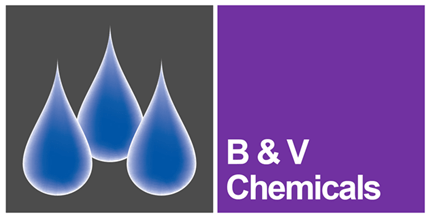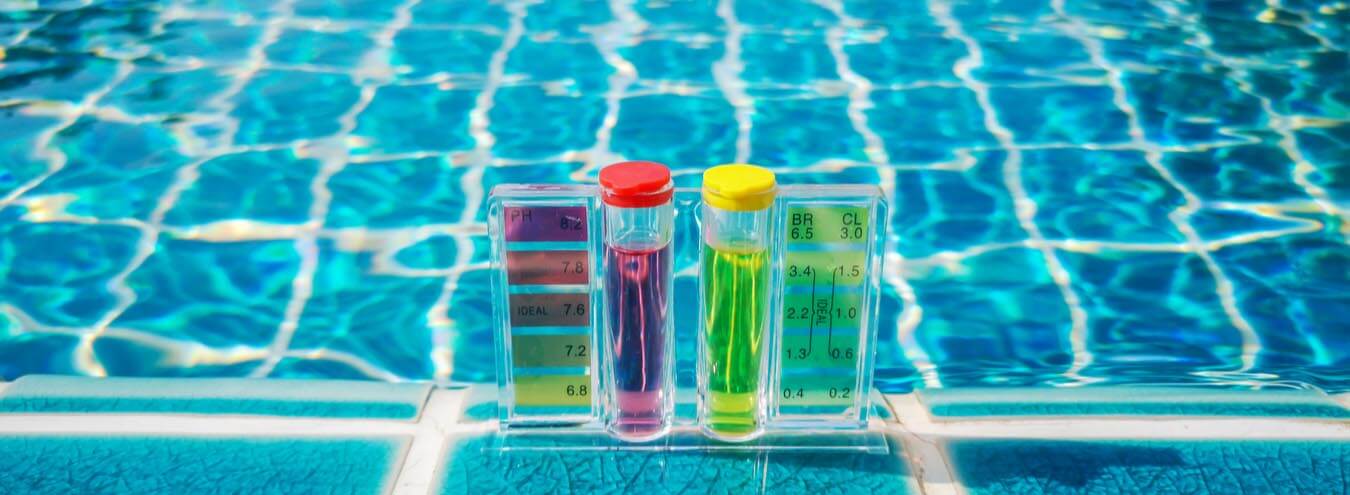Welcome to the third blog post in our recent series on spa and swimming pool water treatment. In our last blog post, we explored the role of sanitising chemicals. In this blog post, we look at the role of water balancing chemicals in spa and swimming pool water treatment.
Water balancing chemicals play a crucial role in ensuring spa and swimming pool water is safe and healthy for users. They are used to help manage the properties in the water, such as pH and alkalinity, to ensure bather comfort and protect the lifespan of equipment.
Why is it important to keep spa and swimming pool water balanced?
Balancing the water is important to ensure:
- Bather comfort
- Water quality and appearance
- Chemical efficiency
- Longevity of equipment
- Sanitisers can work effectively
What properties make up water balance?
There are a number of properties that make up water balance. Water balancing chemicals are used to keep each of these elements within a safe range.
pH
Ideal range for swimming pools = 7.4 - 7.6
Ideal range for spas = 7.2 - 7.6
pH is a measure of how acidic or alkaline the water is. Maintaining the appropriate pH level is important because an imbalance can eventually damage the structure of the pool or equipment.
If levels are too high, the water becomes cloudy and scale deposits can build up on the pool walls and equipment. If levels are too low, the pool surfaces and equipment will be subject to corrosion.
Sodium carbonate can act as a pH increaser, while sodium bisulfate can be used as a pH decreaser.
Calcium hardness
Ideal range for swimming pools = 200 - 400 mg
Ideal range for spas = 100 - 200 mg
Calcium hardness is a measure of how hard or soft the water is. This varies across the UK, with the hardest water found in the south and the east of England, and the softest water in parts of Scotland, Wales, and the far south west of England.
The hardness of the water is determined by how much calcium is in the water, which is why its referred to as calcium hardness. If calcium builds up in pool water, it can lead to scale build up which not only makes the water look dirty but can damage the pool material and equipment.
When the calcium hardness is too low, calcium chloride should be added. If it’s too high, the pool will need to be drained and refilled with fresh water.
Total alkalinity
Ideal range for swimming pools = 80 - 120 mg/l
Ideal range for spas = 80 - 150 mg/l
Total alkalinity is a measure of the water’s ability to resist pH change. In other words, total alkalinity acts as a pH stabiliser.
If the alkalinity is low, the pH level can fluctuate and become difficult to control. If the alkalinity is high, the pH level becomes difficult to change and will keep rising.
To increase the alkalinity, add an alkalinity increaser such as sodium bicarbonate (baking soda). To decrease the alkalinity, add muriatic acid or sodium bisulfate.
Total dissolved solids (TDS)
Max. recommended level for spas = 1,500 mg/l
Max. recommended level for swimming pools = 1,000 mg/l
Total dissolved solids (TDS) is the sum of everything dissolved in the water, including minerals, chemicals, dirt, debris and other contaminants.
While low TDS levels are not a cause for concern, TDS levels higher than the maximum recommended level can lead to corrosion, reduced pool chemical efficiency and dull looking, salty tasting water.
Types of water balancing chemicals
The water in your swimming pool or spa should be tested on a regular basis - i.e. two to three times a week. If any of the chemicals are off-balance, you will need to test the water daily until it is balanced.
There are many different types of water balancing chemicals to suit a range of different requirements.
- pH Minus - Used to decrease the pH when above 7.6. It should be added gradually.
- pH Plus - Used to increase the pH when below 7.0. It should be added gradually.
- Total Alkalinity Increaser - Used to increase the alkalinity when below 80mg/l to 80-160mg/l.
- Scale Inhibitor - There is no product available to reduce the hardness levels if seen above 400mg/l, but this product will prevent any additional scale build-up in those systems with higher hardness levels as well as those within the normal ranges.
- Hardness Increaser - Used to raise the level of calcium hardness to between 200 – 400mg/l.
- PAC (Polyaluminium Chloride) - This product is available as a liquid ready to use or as a powder. It works by coagulating particles within the body of water that would normally pass through the filter system.
The use of water balancing chemicals is a crucial element of spa and swimming pool water treatment. They play a key role in ensuring the water is safe and healthier for users, as well as in protecting the lifespan of the equipment. You can view B & V’s range of water balancing chemicals here. Or for more information, get in touch with our technical team.
In our next blog post, we look at the final piece of the puzzle - water cleaning chemicals.




